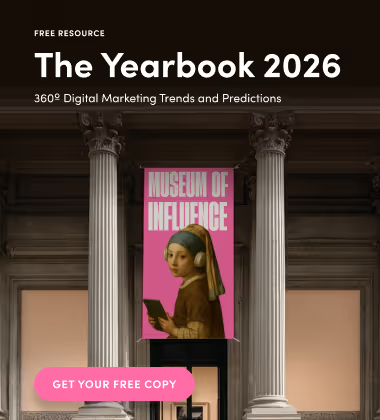TL:DR
The term “social Influencer” is completely relative to the community you are looking to connect with. Someone with 1K followers could be a great choice for a micro campaign in a localized community. While Influencers with massive reach are needed for large awareness campaigns.
Influencer Marketing is an emerging service, and it’s generating a lot of interest from brands, agencies, and people who identify as social Influencers.
For brands and agencies, the value proposition is pretty clear. Consumers are spending more and more time on social media, and word of mouth marketing accounts for 20 - 50% of all purchasing decisions.
For social Influencers… What a time to be alive! For the first time in history, these individuals have an opportunity to cash in (and potentially make a living) by leveraging the digital communities they have cultivated.
But that leads to a very important question… What makes someone a social Influencer?
What’s the tipping point?
When is it reasonable to classify someone as a social Influencer?
It’s a valid question, and the answer is more complicated than you might think. So let’s discuss…
WHAT MAKES SOMEONE A SOCIAL INFLUENCER?
Being an Influencer is relative. There isn’t a specific “threshold” to pass, and you don’t become an Influencer when you hit 5, 50, or 500 thousand followers. It’s all relative. Firstly, let’s look at micro example...
Let’s pretend that a furniture company is opening a new store in Sudbury, Ontario Canada - which has a population of about 160 thousand people. In this scenario, it would be smart to identify the most well known home decor and interior designers in the city. These individuals may have a modest social following (in the 1-5K range), but they are respected as “the best” within the community, and their online followers are physically situated in the city. An endorsement from these local “micro-influencers” has a big impact on foot traffic and sales.
Here’s another example…
Let’s pretend that a popular healthy-eating hotspot named Calii Love is opening a new location in Oakville, Ontario Canada. As a company, Calii Love is known for promoting healthy lifestyles through exercise, and great food. In this scenario, it would be smart to identify the most influential lifestyle personalities in Oakville. These individuals may not have a massive audience on social media (by the numbers), but that audience is captive - and located in Oakville.
Now let’s switch gears and look at this through a macro lens.
Let’s pretend that Ford is set to release a new car throughout North America. Could they solicit micro Influencers from all across the Continent to pull off a mass awareness campaign? I suppose it’s possible, but it’s not practical. It would be a logistical nightmare, and the reach would not be sufficient.
For this particular campaign, the biggest goal is massive reach and awareness. So it would be smart to identify National Influencers that have hundreds of thousands, or millions, of followers. At that point it’s all about producing amazing content to spread the word, and to be sticky in the minds of the public.
So there’s your answer. From a marketing perspective, being an “Influencer” is all relative to the campaign being executed.



